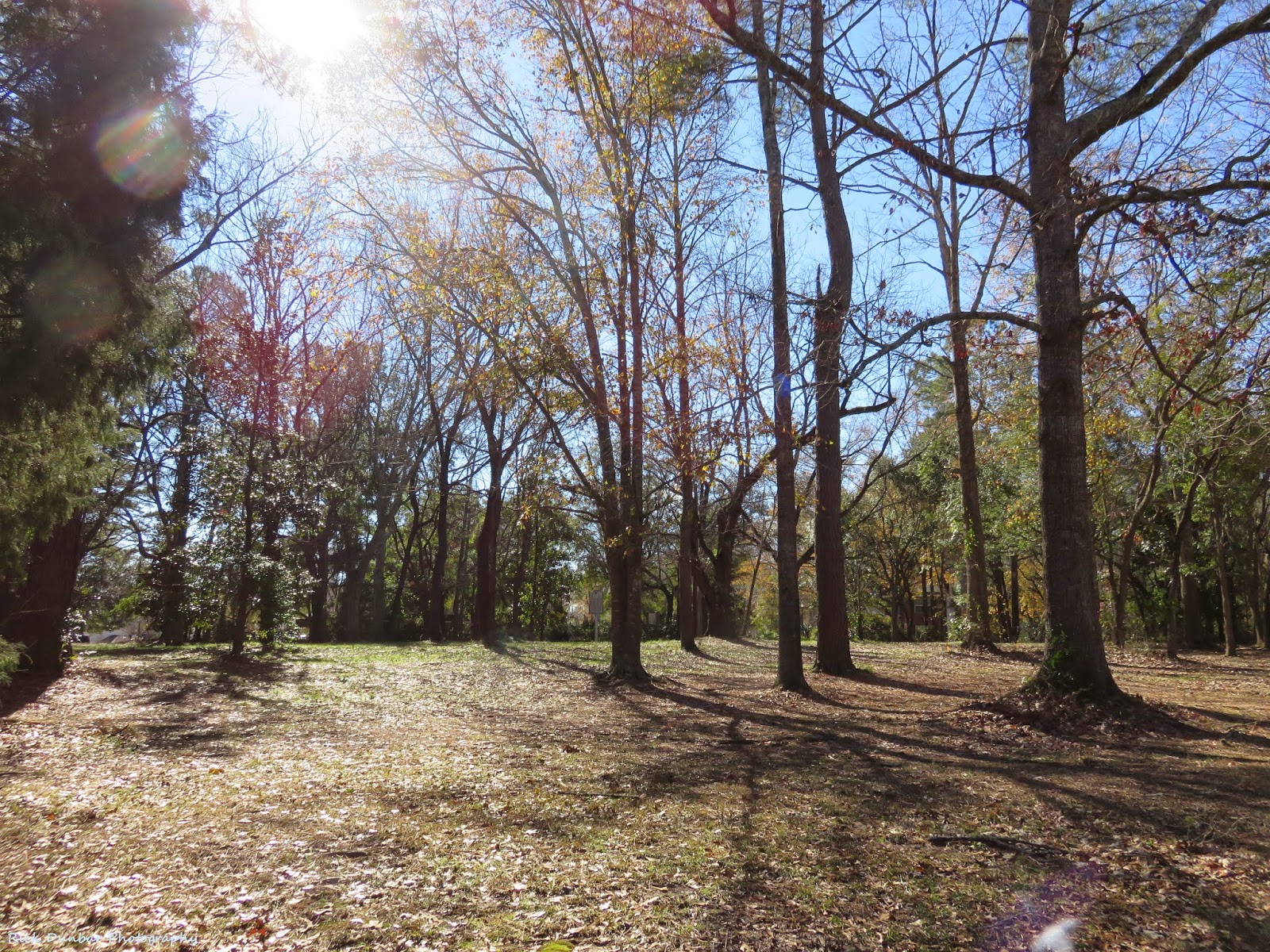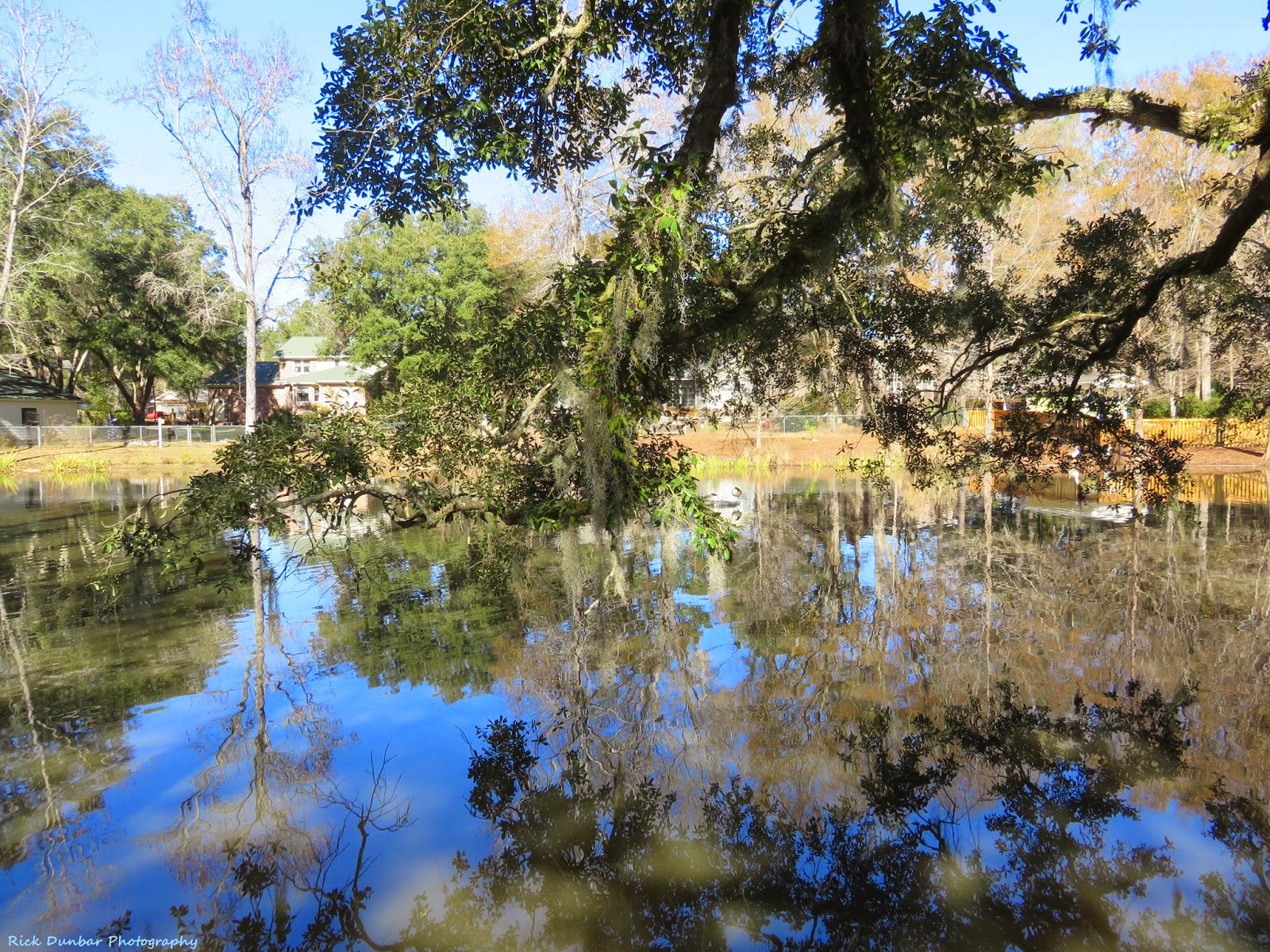 The azure rays of the winter's afternoon sun streamed through the gnarled branches of the numerous trees scattered around on the solitary, circular piece of landscape. As I surveyed the surrounding topography, the reason for selecting the site to build a house became obvious. It was the highest point on the sprawling 3000 acre royal grant, which was given to a merchant of London by King Charles II.
The azure rays of the winter's afternoon sun streamed through the gnarled branches of the numerous trees scattered around on the solitary, circular piece of landscape. As I surveyed the surrounding topography, the reason for selecting the site to build a house became obvious. It was the highest point on the sprawling 3000 acre royal grant, which was given to a merchant of London by King Charles II.Over the span of its grand history, three different houses would grace the hilltop; the last would be considered one the largest mansions in the southern part of South Carolina. The land grant was known as the Newington Plantation, so named by Daniel Axtell after an estate in England.
To say the least, the Axtell family was a genealogical jigsaw puzzle. There were four different Daniel Axtells around the same time, not including the Daniel Axtell who was executed for the regicide of King Charles; also the father of the Daniel Axtell given the royal land grant by King Charles II, which became Newington Plantation.
Daniel Axtell, the grant owner, was married to Rebecca Holland and they had a son whose name was Daniel Axtell. Daniel Axtell, the son, died in 1681 on a ship bound for South Carolina from England; he was coming to visit his parents at Newington. Daniel Axtell, the grant owner, died three years later in 1684. Lady Rebecca inherited the plantation.
To make things even more complicated, a Daniel Axtell of Marlboro, Massachusetts moved to South Carolina in 1690 and became part owner of a saw mill in the area of what later would become Summerville. His wife's name was Thankful Pratt and they had a son named Daniel.
In time, Lady Rebecca gave the plantation to her daughter Elizabeth, but willed three hundred acres of the grant to Daniel Axtell from Massachusetts and to his son Daniel two hundred acres. Daniel Axtell from Massachusetts was the nephew of Daniel Axtell the owner of Newington, the land grant. By the way, Daniel and Thankful's first child was a girl named Elizabeth. So, there you have it, the Axtell enigma.
The first of the three houses was started in 1680 by Daniel Axtell, but after laying the wooden frame he died, never seeing its completion. In 1705, Lady Rebecca was granted 1000 acres of land on the north side of the Ashley River and around 1711 gave Newington to her daughter Elizabeth, whose last name was now Blake. Around 1715, the first house was burned in the Yemassee War, possibly by Indians. Sometime later, the second house was built. At the time, Lady Axtell was living in the house with Elizabeth and her grandson, Colonel Joseph Blake. The colonel was one of the richest men in the Low Country. As to the demise of the second house, one source says it burned and a second states it was reportedly removed by Colonel Blake to make way for the third house. The year was 1730.
In 1837, the plantation was sold to Henry A. Middleton. It burned in 1845 and laid in ruins until 1876. In that year, Middleton leased the property to the United States government as an experimental tea farm, under the direction of Dr. Charles Shepard.
 Newington is an intrinsic part of the distinguished plantation history of Summerville, as is the famous Pinehurst Tea Plantation it ended up a part of. The reflecting pond is all that is left, aside from the solitary piece of hilltop now encircled by a subdivision of homes.
Newington is an intrinsic part of the distinguished plantation history of Summerville, as is the famous Pinehurst Tea Plantation it ended up a part of. The reflecting pond is all that is left, aside from the solitary piece of hilltop now encircled by a subdivision of homes. Take the pilgrimage to the crest of the hill, circle its preserved grounds, walk among its remaining trees. Then, step back with the reflecting pond directly behind you and with you mind's eye scan the circular landscape. With the help of the historical record and a little imagination, the subtle outlines of "the house with a hundred windows" and its grand English gardens can be seen shimmering in the warm, azure rays of the winter's afternoon sun as they filter through the trees and wash over the aura of Plantation Circle.





















































